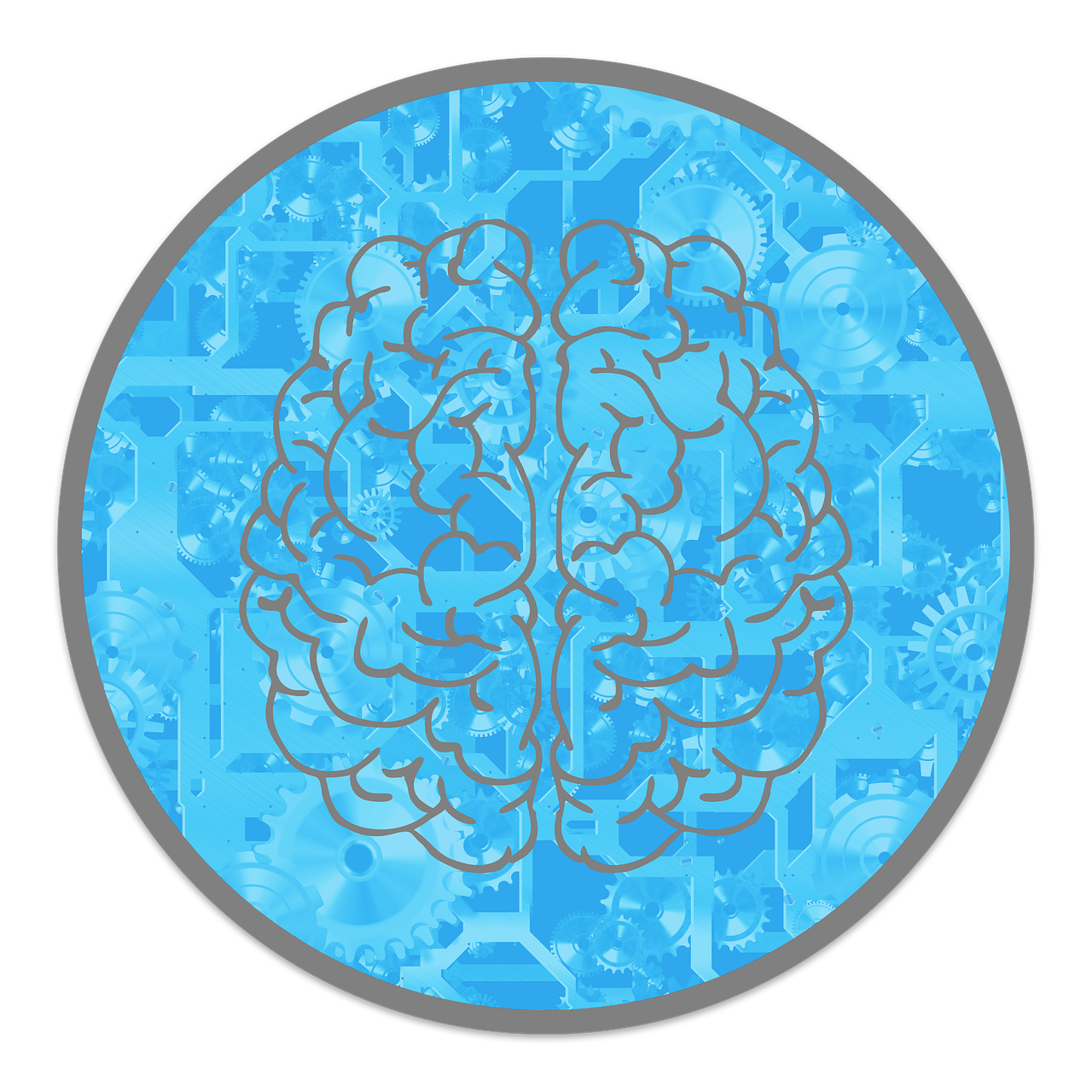
Hello there! Let’s embark on a fascinating journey into the intricate world of brain connectivity.
Imagine your brain as a bustling city, with neurons as the citizens and their connections forming the complex web of roads and highways.
This network is what enables us to think, feel, and interact with the world around us.
Intrigued? Let’s dive deeper.
What is Brain Connectivity?
Brain connectivity refers to the myriad ways in which different regions of the brain communicate with each other.
It’s the foundation of all our cognitive functions, from remembering your first day at school to solving a challenging puzzle.
Researchers typically categorize brain connectivity into two main types:
Structural connectivity
- This is the physical “hardware” of your brain—the nerve fibers that link different regions like cables connecting computers.
- Damage to these pathways (like from injury or disease) can disrupt communication, much like cutting a wire stops a signal.
Functional connectivity
- Even areas not directly wired together can sync up and collaborate, like coworkers in different offices coordinating on a project.
- This dynamic interaction lets your brain adapt, learn, and respond flexibly—whether you’re solving a problem or daydreaming.

The Building Blocks: Neurons and Synapses
Your brain runs on an incredibly complex system of nerve cells called neurons—about 86 billion of them.
Each neuron connects to thousands of others, creating a vast web of communication.
These connections happen at synapses, tiny gaps where neurons “talk” to each other using chemical signals.
One neuron sends a message, the next one receives it, and this lightning-fast process repeats constantly—allowing you to think, feel, and move.
Why does this matter?
- Learning & memory happen when these connections strengthen.
- Brain disorders (like Alzheimer’s or Parkinson’s) often involve breakdowns in this system.
- Every thought, skill, and emotion relies on this delicate neural dance.
The Brain as a Network
Viewing the brain as a network helps us grasp how it functions.
In this model, different brain regions act as connection points (nodes), and the pathways between them (edges) form a vast, intricate system.
Thanks to modern research, scientists can now map these networks in incredible detail.
For example, researchers recently mapped the entire brain of a fruit fly, revealing more than 50 million connections among 139,000 neurons.
This breakthrough deepens our understanding of how brain structure shapes behavior—and may even provide clues about more complex brains, like our own.

Development of Brain Connectivity
Our brain’s connections are constantly changing, growing, and adapting from childhood through adulthood.
As we learn new things and experience the world, our neural networks rewire themselves—a process called neuroplasticity.
This remarkable flexibility helps us pick up new skills, recover from injuries, and adjust to different situations.
Essentially, our brains reshape themselves based on what we do and encounter throughout life.
Challenges in Brain Connectivity
Problems with brain connectivity can contribute to neurological and mental health conditions.
Research shows, for instance, that people with depression tend to have a key emotional processing network (called the frontostriatal salience network) that’s about 73% larger than in those without depression.
This difference in brain wiring may make some individuals more vulnerable to developing depression, showing just how closely brain structure and mental wellbeing are linked.
These findings remind us that mental health conditions aren’t just “in our heads” in a figurative sense – they’re reflected in the actual physical connections of our brains.
Understanding these patterns helps researchers develop better treatments and reminds us that conditions like depression have biological roots, not just emotional ones.

Final Thoughts
Understanding brain connectivity is like unraveling the mysteries of an intricate tapestry that defines our thoughts, behaviors, and experiences.
As research progresses, we’re gaining deeper insights into how our brains function and how to address the challenges that arise when these connections are disrupted.
FAQs
Researchers employ various imaging techniques like MRI, fMRI, and DTI to visualize and analyze the brain’s structural and functional connections.
Absolutely! The brain’s networks are dynamic and can reorganize in response to learning, experiences, and injuries—a testament to the brain’s remarkable plasticity.
Grasping how different parts of the brain communicate helps us comprehend the basis of our thoughts and behaviors and develop interventions for neurological and psychiatric disorders.
Yes, advancements like Graph Neural Networks (GNNs) are being used to model complex brain networks, offering insights into both healthy and diseased brain states.


